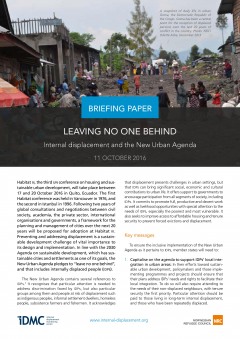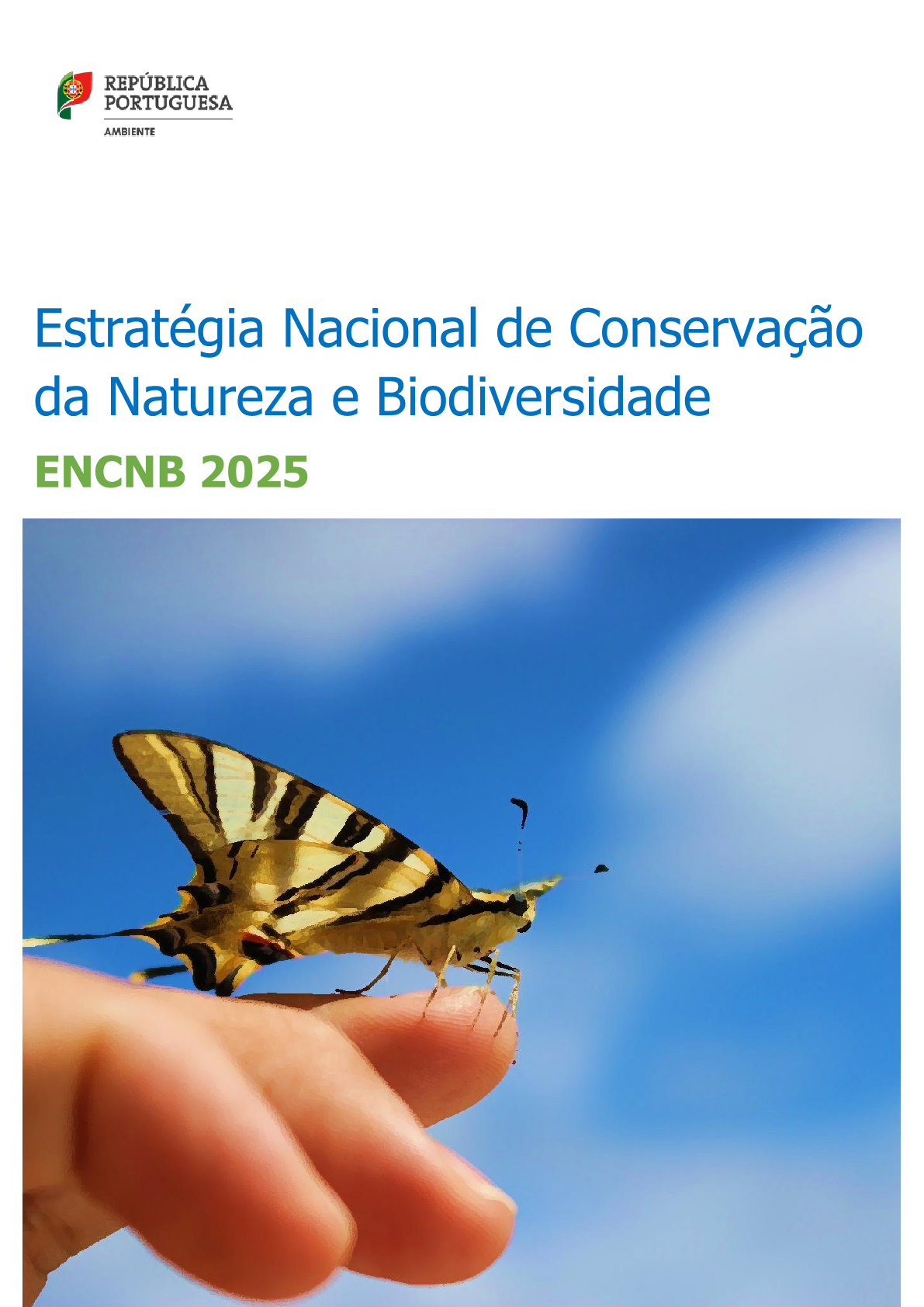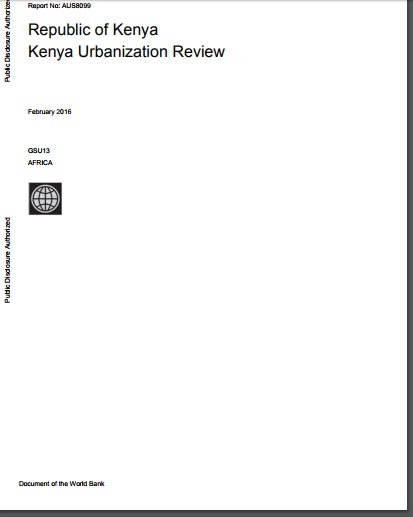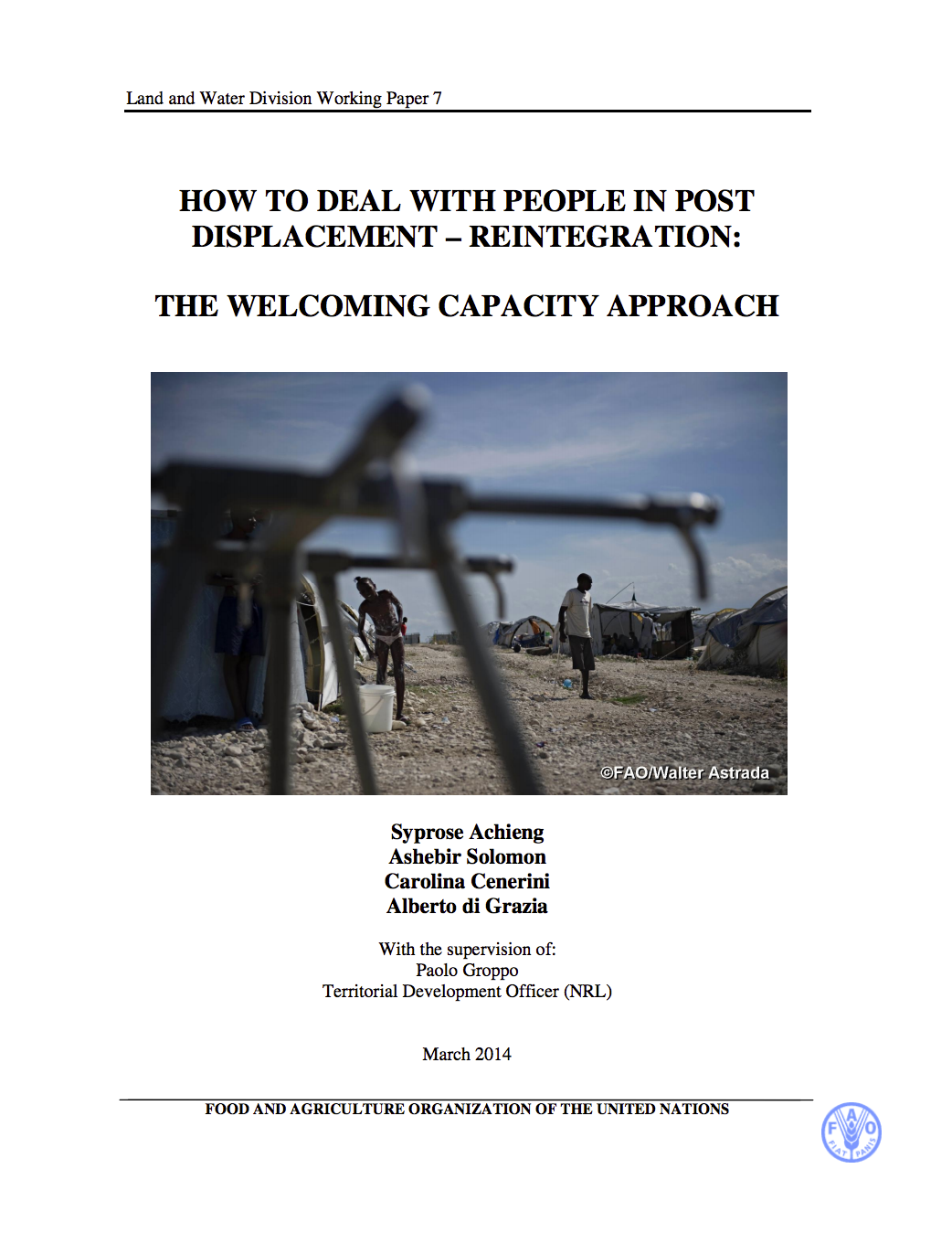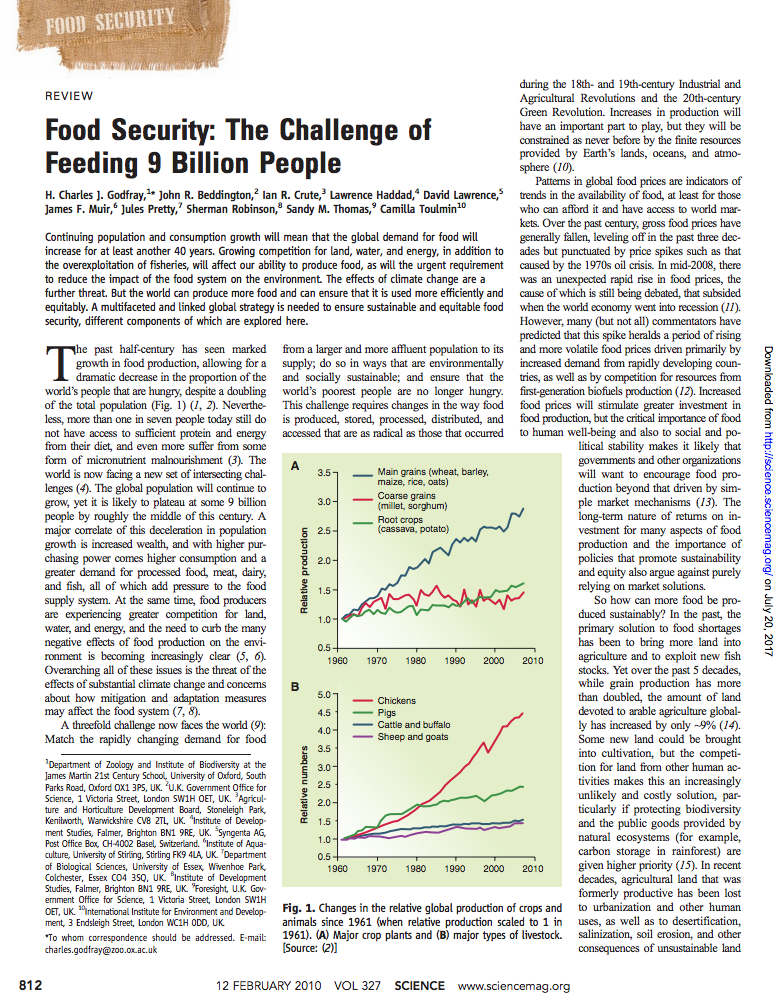Spatial and Temporal Characteristics of Road Networks and Urban Expansion
Urban expansion has become a widespread trend in developing countries. Road networks are an extremely important factor driving the expansion of urban land and require further study. To investigate the relationship between road networks and urban expansion, we selected Beijing, New York, London, and Chicago as study areas. First, we obtained urban land use vector data through image interpretation using a remote sensing (RS) and geographic information systems (GIS) platform and then used overlay analysis to extract information on urban expansion.


